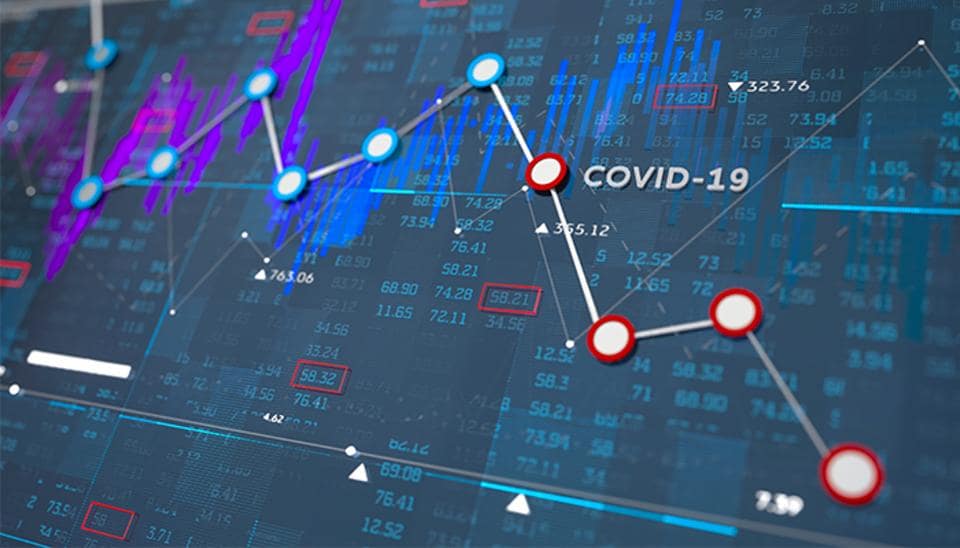
All About Stock Market
19 May 2020The Stock Exchange brings together agents who have financing needs (supply) and agents who have financing capacities (demand).
Table of Contents
- Confrontation between supply and demand
- Primary market, secondary market
- The different financial instruments
- Financial market liquidity
- Ethereum VS Bitcoin Does Ethereum Have The Potential To Overtake Bitcoin.
- Pillars of Technical Analysis
- Learning Stock Market for Beginners
- Career and Scope in Stock Market
Confrontation between supply and demand
The offer comes from companies or states that have financing needs. They issue financial securities which are bought by investors.
Also Read: Determinants of stock market prices and How Stock Market Works
The demand comes from people who have financing capacities and who wish to invest. They can be individuals, companies, states. The biggest investors in the financial markets are institutional investors.
As in all markets, the price depends on supply and demand. If the supply exceeds
, the price decreases to reach equilibrium. Conversely, when demand exceeds supply, the price increases to reach equilibrium. If for a given price, the quantity offered equals the quantity demanded, this means that it is the equilibrium price.
Also Read: Role of Stock Market in Economic Growth and Direct and Indirect investment in stock market
Primary market, secondary market
The primary market, where, for the first time, securities are offered or introduced, is the “new market”. The secondary market, where these securities are traded, is in a way “the second-hand market”.
When Facebook went public on May 18, 2012, the company issued securities on the primary market that were bought by investors. These investors then put these securities back up for sale on the secondary market.
Primary market
Securities are issued by companies (known as “issuers”) on the primary market. The institutional investors subscribe then for IPOs, capital increases (shares) or bonds (debt securities).
It is the meeting place between companies looking for capital to ensure their development and holders of capital . All public limited companies issue shares but not all of them are listed on the stock market, only the largest or most attractive are.
Secondary market
These same securities are then offered to savers on the secondary market , which can be considered as the second-hand market. The transmitter no longer intervenes. There are several kinds of products. The best known of the general public are the shares of the bonds (debt) and money market products (based on short-term rates). But other products accessible to individuals exist.
- The cash markets , where transactions between buyers and sellers close almost without delay (because there is a delay, moreover sensitive in terms of security, for the delivery and settlement of securities);
- Futures markets, where transactions concluded on a firm basis take place at an earlier date than delivery. Among the futures markets are the options markets , where products representative of the right to buy or sell a financial instrument called an ” underlying asset ” are traded ;
- Organized and, in some cases, regulated markets , where a service provider, the Stock Exchange, and henceforth the “market enterprise”, organizes the confrontation between supply and demand, price fixing and all or part operations that are associated with the completion of the transaction;
- Over-the-counter markets where a face-to-face meeting is organized between buyer and seller, with or without operating rules, with or without integration into a de facto network ensuring the outcome of operations.
Also Read: 8 Tips for investors during Covid-19
The different financial instruments
The Stock Exchange is a place where financial products, called “financial instruments”, or securities are traded.
An action is a title. A share is issued by a capital company which needs to finance itself. To hold a share is to hold part of the capital of this company. It opens rights, in particular the right to vote at shareholders’ meetings and the right to receive remuneration: the dividend, paid each year according to the company’s results.
A bond is a debt instrument. A bond can be issued by a large company or by a government. To issue bonds is to contract a loan from investors on the financial markets. To hold a bond is to lend money to a business or a state. Each bond represents a fraction of a loan. The investor who holds a bond receives interest every year, called “coupons”. At the end of the term of the loan, the enterprise or the State repays the capital. A bond does not open rights, like the right to vote, unlike a share.
The units of UCITS (Collective Investment Undertaking in Transferable Securities) represent a fraction of a portfolio of transferable securities. These are mainly FCPs and SICAVs.
The other financial instruments are derivative products, that is to say products whose development depends on another asset, the “underlying”.
Financial market liquidity
The primary function of the stock market is to allow investors to buy and sell their securities on the secondary market. This is called liquidity. In fact, no IPO would be successful if it were not accompanied by the guarantee of being able to subsequently sell the securities acquired.
A liquid market is a market in which many transactions take place. Conversely, an illiquid market is a market in which few exchanges take place. A liquid security has the double advantage of being able to be easily traded and of not being able to be subject to price manipulation. On the other hand, an isolated trader may weigh heavily on the price of an illiquid security.
If you are looking for share market course in Delhi than join DICC.
















